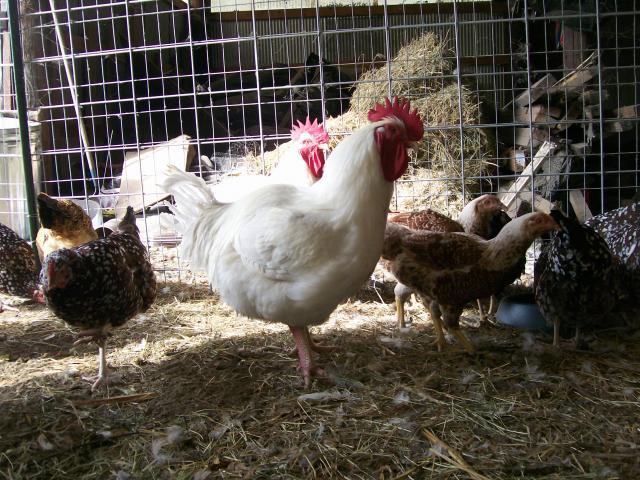- Jan 18, 2010
- 612
- 4
- 129
Would i be a ble to keep these and breed them or keep them at all?
There are some people that keep some and are trying to breed them with duel purpose chickens to get them to where they won't grow quite as fast as the Cornish x. I have heard that they sometimes don't make it until breeding age, they get get bigger and die.
I have been thinking about getting me some to try out and see if I couldn't produce a reasonable broiler (fryer) mixed with something.
Keep posted if you decide to try it. And let us know the results.
There are some people that keep some and are trying to breed them with duel purpose chickens to get them to where they won't grow quite as fast as the Cornish x. I have heard that they sometimes don't make it until breeding age, they get get bigger and die.
I have been thinking about getting me some to try out and see if I couldn't produce a reasonable broiler (fryer) mixed with something.
Keep posted if you decide to try it. And let us know the results.




